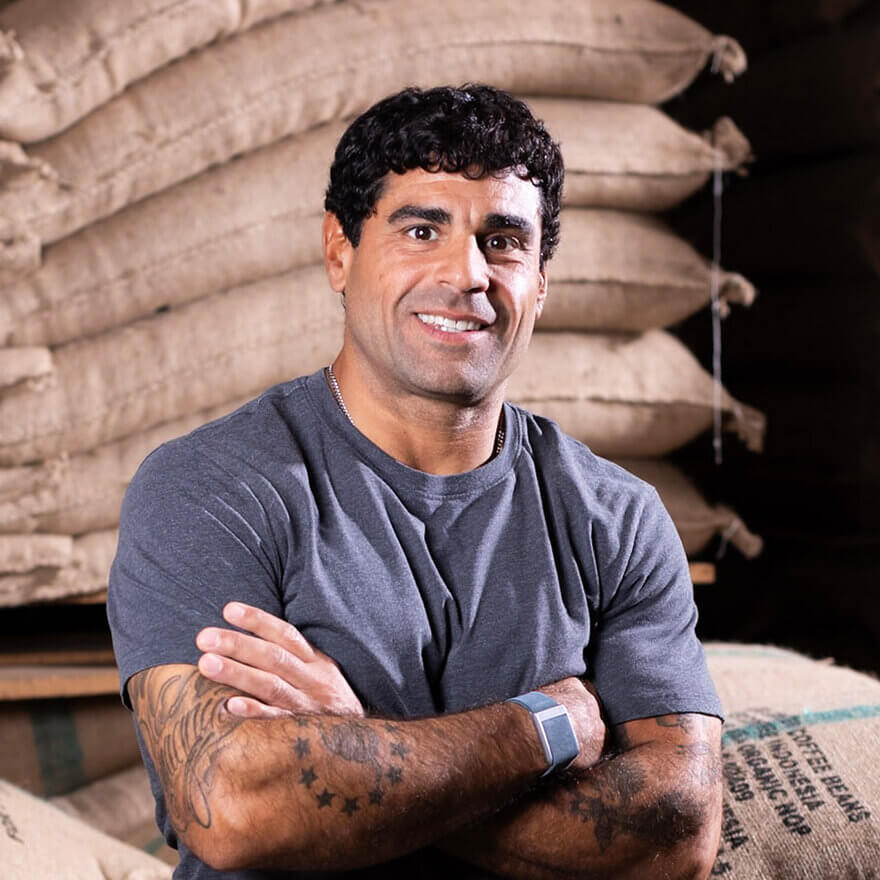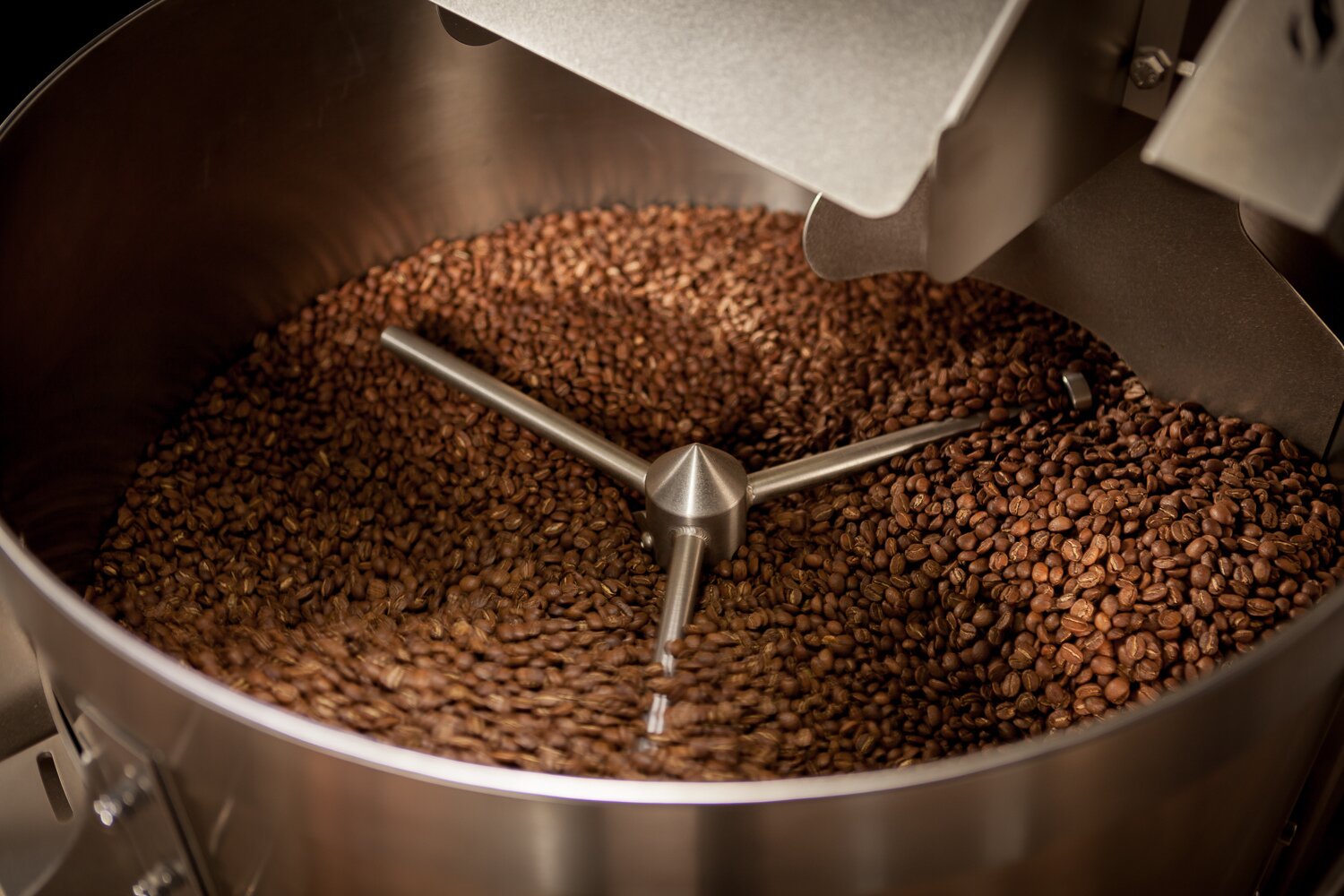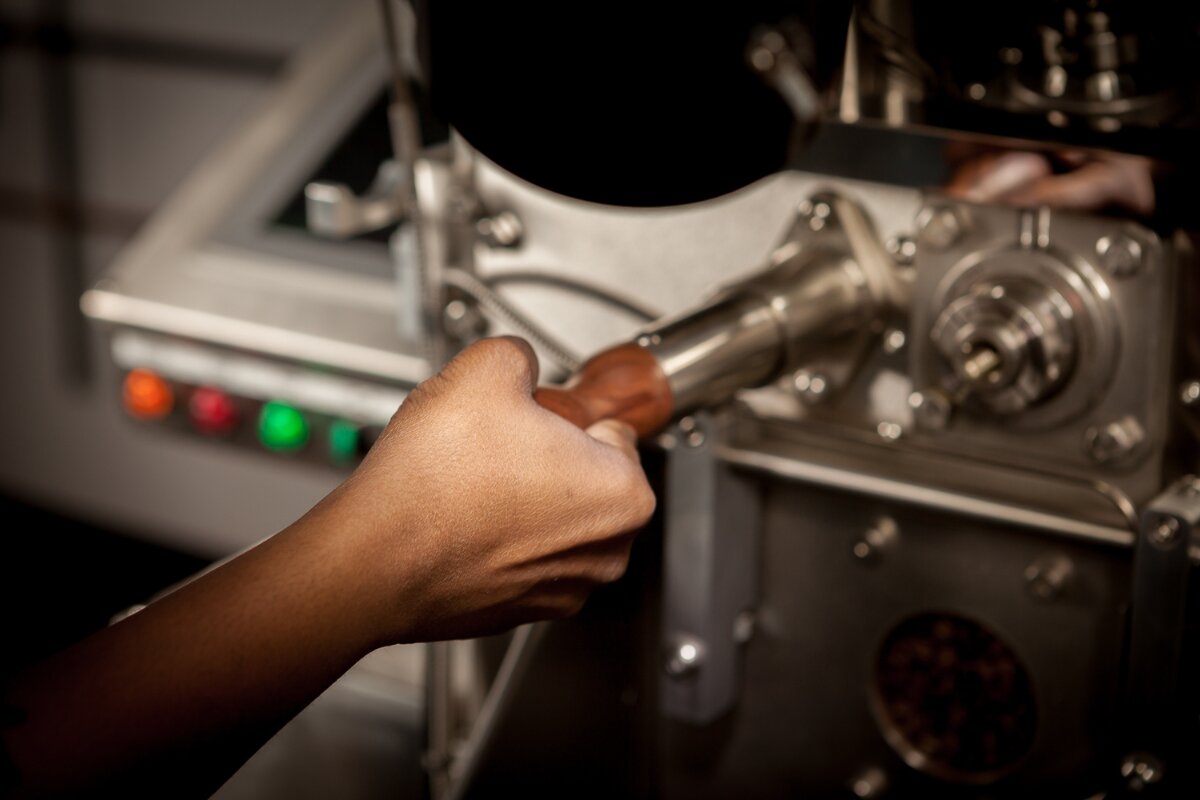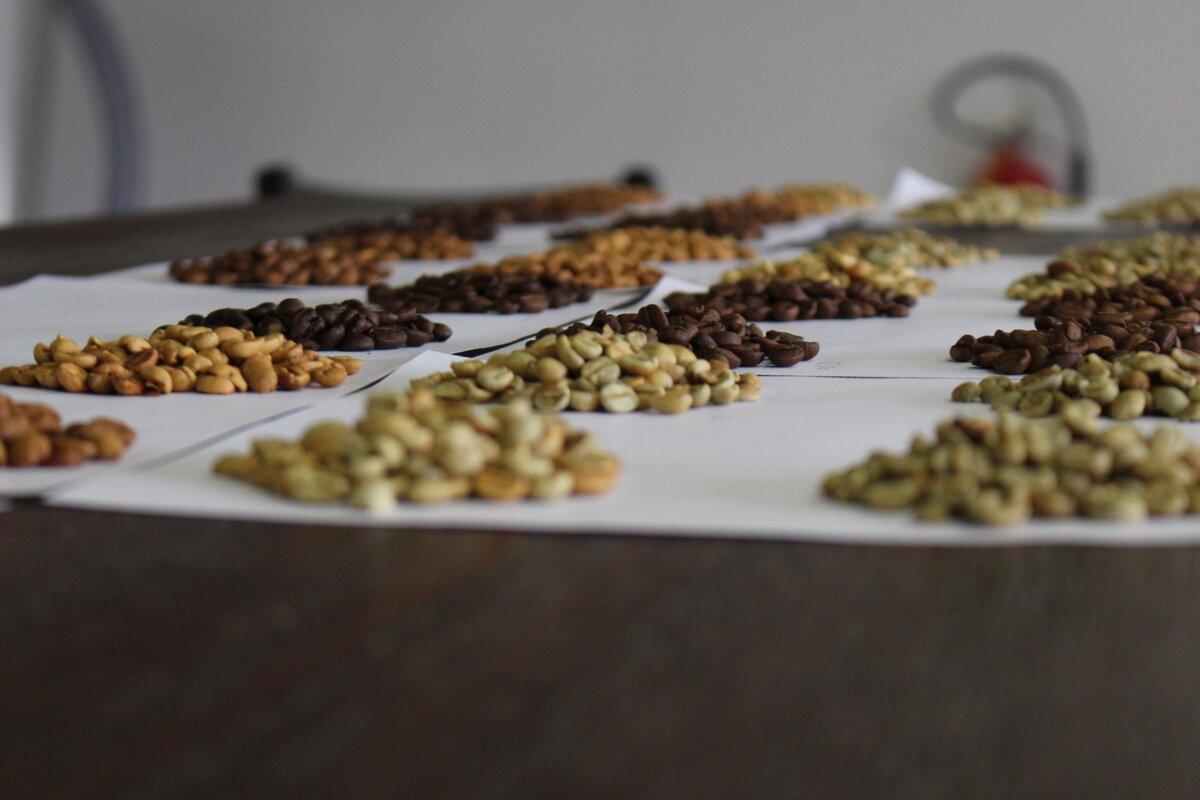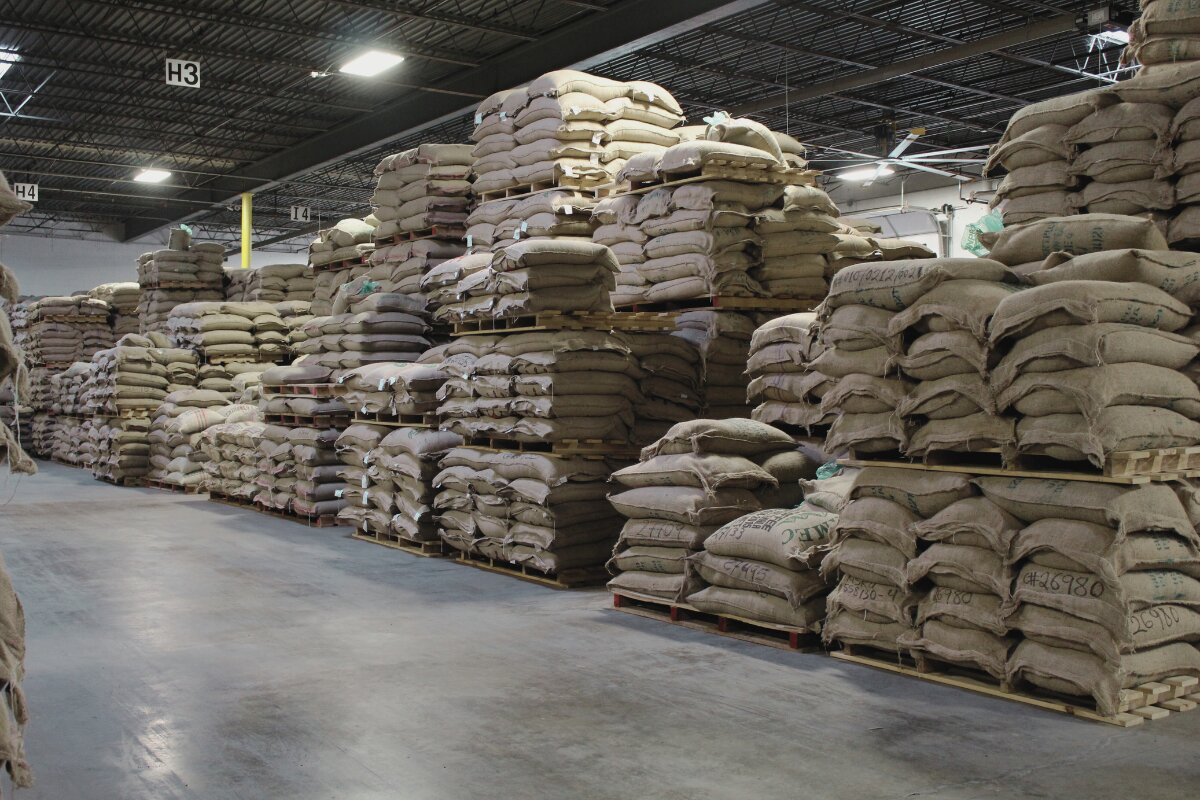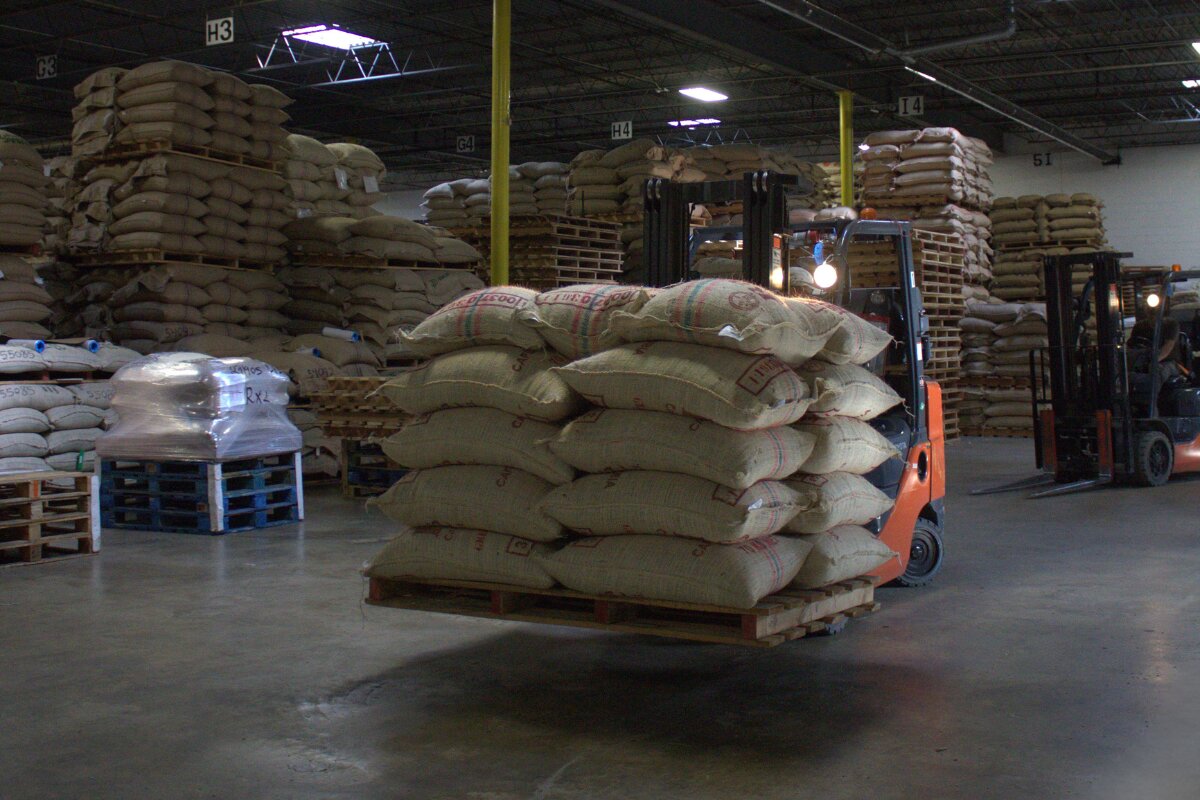Consistency in roasting isn’t just about experience—it’s about paying attention to the numbers and moments that define each roast. By tracking metrics, you gain both control and repeatability, ensuring each batch reaches its flavor potential. Whether you write notes or lean on roasting software, these checkpoints can be your roadmap during the coffee roasting process.
Breaking Down the Core Coffee Roasting Metrics
Bean Thermocouple
Measures the temperature of air inside the drum. Bean temperature acts as your main reference point, from charge to drop.
Exhaust Thermocouple
Exhaust readings show how much heat is leaving the roaster. Managing this helps balance airflow and maintain stable conditions inside the drum.
Gas Pressure
If you are roasting in a location with low or fluctuating gas pressure, you need to keep an eye on this as gas pressure will affect how you apply heat in the coffee roasting process.
Charge Temperature
This is what we call the temperature at the start of a roast. Depending on what machine you’re using, you can gauge your charge temperature by using the bean thermocouple or exhaust. For instance, if you’re roasting on a Probat or Diedrich, you can use the reading from the bean thermocouple when charging. If you’re roasting on a Loring, you can use the temperature reading from the return air.
Turning Point
The fall and rise after charging marks the coffee’s recovery as it absorbs heat. Monitoring the turning point helps forecast the roast’s momentum.
Rate of Rise
A measure of momentum, rate of rise (RoR) shows how quickly the bean temperature is increasing. Managing heat application gives you control over RoR to meet your targets within the roast.
Color Change
From green to yellow, color is your visual cue that Maillard reactions have begun. The Maillard reaction is a non-enzymatic browning reaction caused by the interaction of simple sugars and amino acids. This interaction breaks apart these simple sugars and amino acids to form a wide range of new flavors and aromatic compounds.
First Crack
First crack is the result of water inside the bean that transforms into steam. When the moisture creates steam, it builds up pressure, causing the beans to crack open. First crack can be defined as an exothermic reaction that releases built up energy, steam, and carbon dioxide. How you manage heat during and after first crack defines development, clarity, and complexity.
The Three Phases of Coffee Roasting
- Drying: Evaporating moisture
- Maillard: Developing body and sweetness
- Development: Evolving flavor and complexity
Duration
Duration refers to total roast time.
End Temperature
End temperature is the temperature reading off the bean thermocouple when the roast is dropped into the cooling tray.
Manual Tracking & Software
Many roasters still prefer notebooks, timers, and notes to stay fully engaged with their senses during roasting. Others, however, rely on platforms like Cropster for precise curve analysis and batch-to-batch comparison. The best approach often combines both: human perception for nuance and software for consistency.
Final Thoughts
By treating these metrics as indicators, roasters can confidently shape profiles, troubleshoot issues, and replicate results batch after batch. With each roast, these checkpoints will create a deeper understanding of the coffee roasting process, leading to greater control and more consistent results.



